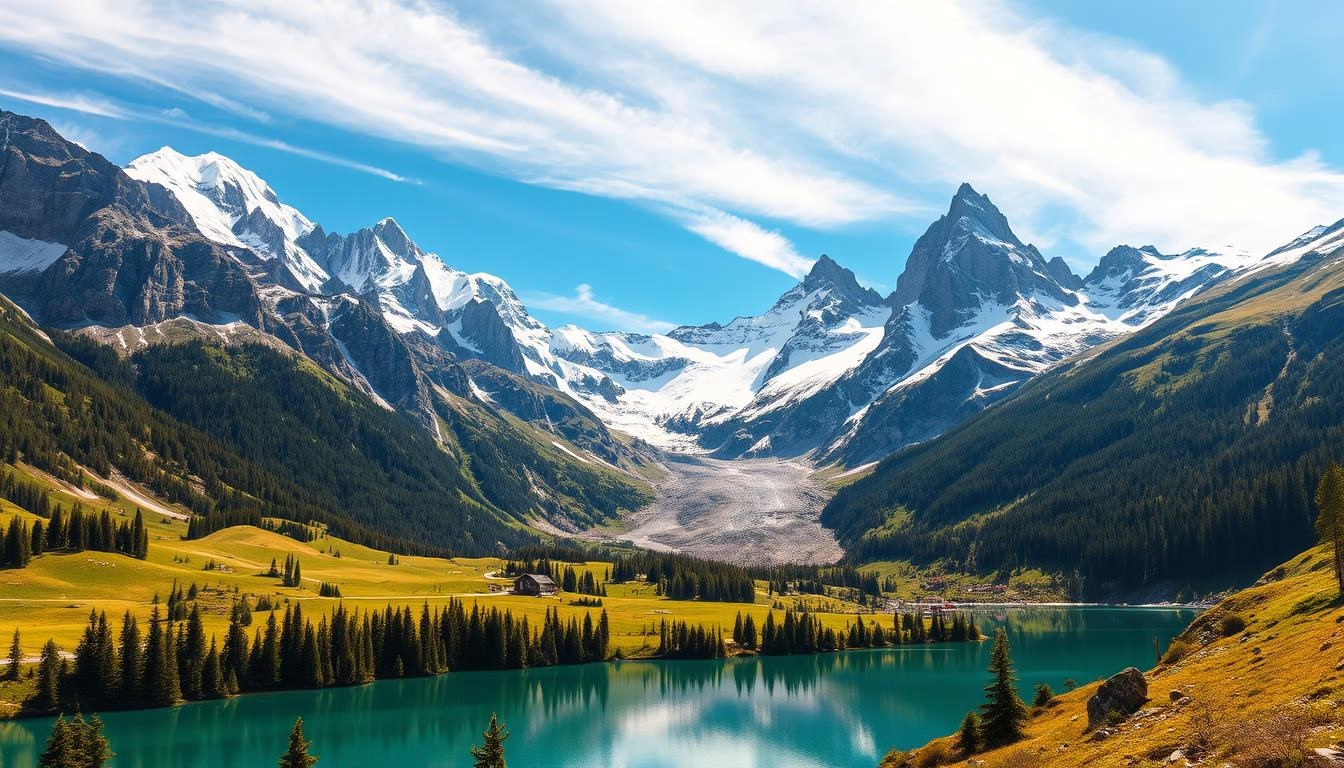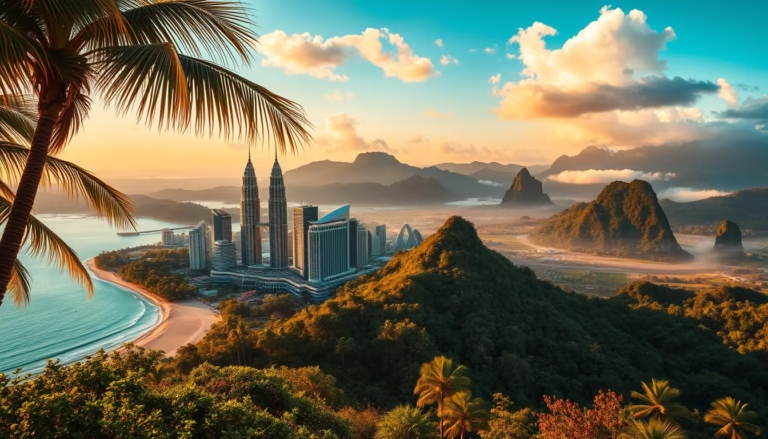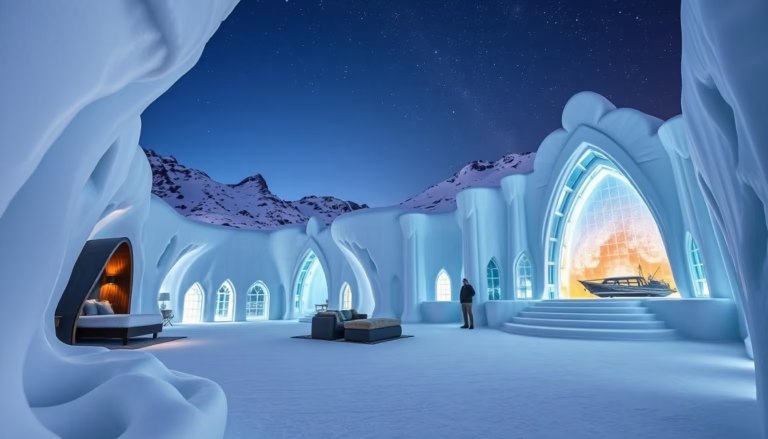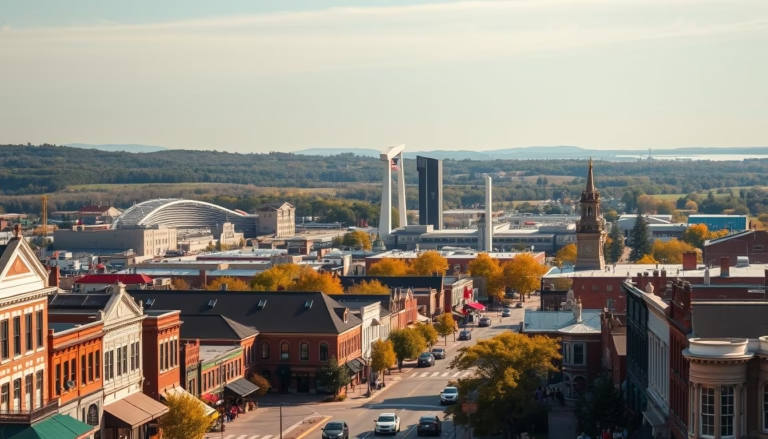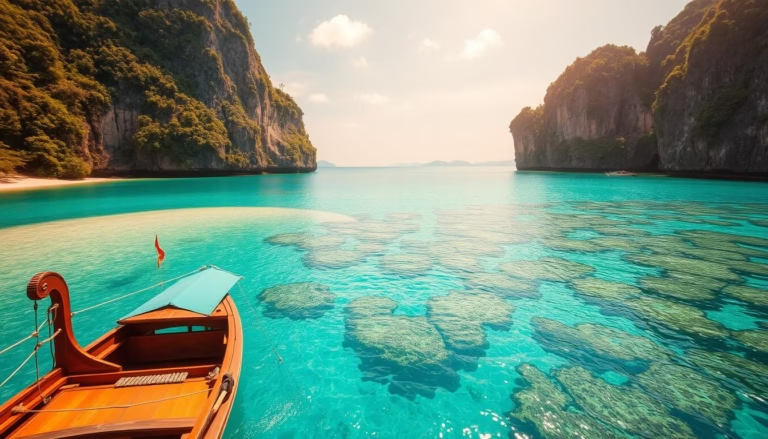Tourist Attractions in Austria: Top Places to Visit
From snow-dusted peaks to Baroque architecture, this Central European gem delivers unforgettable experiences across every season. The country’s compact size means you can explore Vienna’s imperial palaces in the morning and hike through the Alps by afternoon. Winter transforms its slopes into a skier’s paradise, while summer reveals flower-filled meadows perfect for lakeside strolls.
The Danube River carves through northern valleys, connecting historic towns where time seems to slow down. Over 60% of the landscape features dramatic mountain ranges, creating playgrounds for outdoor enthusiasts. Centuries of cultural exchange have left a legacy of music festivals, art museums, and culinary traditions that delight visitors.
Whether you’re drawn to world-renowned landmarks or secluded villages, the variety of activities suits all travel styles. First-time explorers appreciate efficient rail connections between cities, while repeat travelers discover new perspectives in lesser-known regions. Every journey here blends natural grandeur with human creativity.
Key Takeaways
- Experience world-class skiing and summer hiking in Alpine regions
- Explore cities rich with imperial history alongside modern culture
- Discover diverse landscapes from river valleys to mountain vistas
- Enjoy easy access between urban centers and rural retreats
- Find activities suitable for all seasons and interests
Introduction: Discovering Austria’s Scenic Splendor
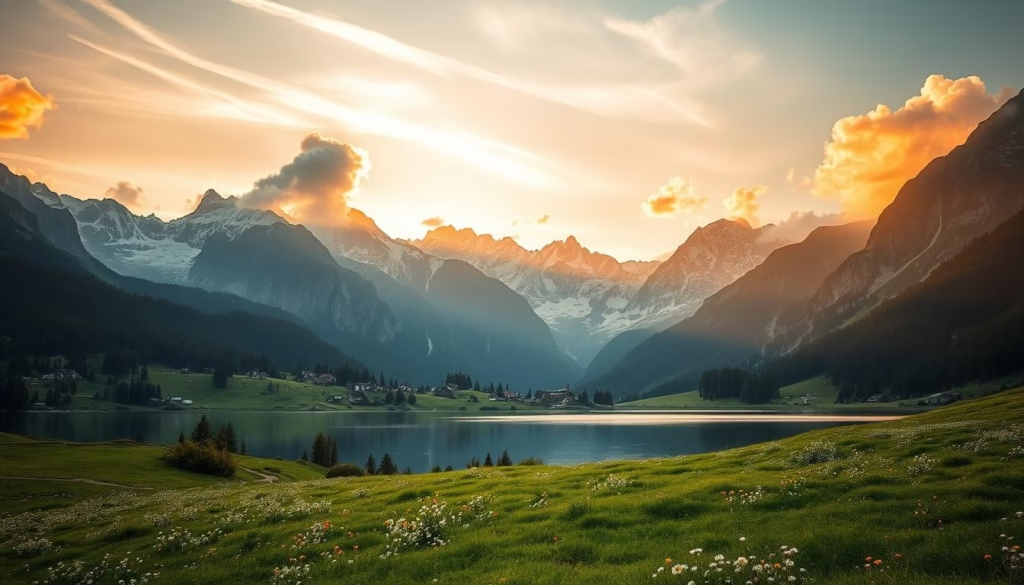
Beyond its cultural cities lies Austria’s true crown: an outdoor paradise shaped by glaciers, rivers, and centuries of tradition. The country’s compact geography lets you swap cobblestone streets for mountain trails in under two hours. Efficient rail networks connect Vienna’s coffeehouses to Tyrol’s rugged peaks, making every moment count.
Summer reveals a playground of emerald lakes and wildflower meadows. Hikers explore trails like the Eagle Walk, while cyclists pedal through the Danube Valley. Even popular spots like Hallstatt feel untouched, thanks to careful preservation efforts.
| Region | Highlights | Travel Time from Vienna | Best Season |
|---|---|---|---|
| Salzkammergut | Alpine lakes, cliffside trails | 3 hours | June-September |
| Tyrol | Zillertal Alps, via ferrata routes | 4.5 hours | Year-round |
| Vorarlberg | Silvretta glaciers, cheese trails | 6 hours | July-October |
Well-marked paths and cozy mountain huts make exploration stress-free. Locals often share tips about hidden waterfalls or family-run distilleries. “The land speaks to those who wander beyond the guidebooks,” says a frequent traveler.
Winter transforms valleys into snow-globe scenes, while autumn sets forests ablaze with color. Whether you seek adrenaline or serenity, Austria’s landscapes deliver—no special gear required.
Imperial Treasures in Vienna
Vienna’s skyline tells stories of emperors and empires through its iconic landmarks. Two architectural masterpieces stand out: the Hofburg and Schönbrunn Palaces. These buildings showcase six centuries of Habsburg dynasty influence, blending Gothic details with Baroque opulence.
The Hofburg Palace and Sisi Museum
Step into 59 acres of living history at the Hofburg complex. Wander through 19 courtyards and imagine Emperor Franz Joseph approving documents in his walnut-paneled office. The Imperial Apartments reveal Empress Elisabeth’s gym equipment and silk-draped sleeping quarters—proof that royalty faced everyday struggles too.
The Sisi Museum dispels myths about the “fairy-tale empress.” See her handwritten poems, reconstructed mourning dresses, and even the actual coronation coach. “You leave understanding her as a complex person, not just a historical figure,” notes a recent visitor.
Schönbrunn Palace and Its Extensive Gardens
Schönbrunn’s 1,441 rooms make Versailles look modest. Stand beneath the Great Gallery’s crystal chandeliers where Mozart once performed, then stroll through gardens showcasing 500 acres of geometric perfection. Don’t miss:
- The Palm House’s tropical microclimate
- Europe’s oldest operating zoo
- Sunset views from the Gloriette arcade
Plan at least three hours to appreciate both palace interiors and outdoor spaces. Evening classical concerts in the Orangerie let you experience Habsburg-era entertainment traditions firsthand.
Cultural Richness in Salzburg
A symphony of history and architecture, Salzburg captivates with its UNESCO-listed heart and alpine vistas. The city’s Old Town preserves eight centuries of stories in its winding alleys and grand squares. UNESCO World Heritage Site status highlights its unique blend of medieval charm and baroque brilliance.
Salzburg Altstadt and the Baroque Heritage
St. Peter’s Abbey anchors the historic district, founded in 690 AD and still active today. Prince Archbishops transformed the city into a cultural powerhouse, commissioning ornate churches and palaces that rival Vienna’s grandeur. Don’t miss the cemetery where The Sound of Music filmed its iconic gazebo scene—Hollywood magic meets timeless tradition.
Mozart’s Footsteps and Hohensalzburg Fortress
The yellow house on Getreidegasse holds Mozart’s childhood violin and handwritten scores. Interactive displays reveal how the prodigy composed his first works at age five. Towering above the city, Hohensalzburg Fortress offers panoramic views from its 11th-century battlements. Ride the funicular for Alpine vistas stretching to Germany’s Bavarian peaks.
Salzburg proves beauty isn’t just in landmarks—it’s in the way church bells harmonize with street musicians, and every pastry shop smells like freshly baked Mozartkugeln. This city doesn’t just showcase history; it lives it daily.
Innsbruck: Mountain Heritage and Historic Sites
Where imperial history meets Alpine grandeur, Innsbruck dazzles with gilded rooftops against jagged peaks. This Tyrolean capital thrived under Emperor Maximilian I, whose legacy lives in its palaces and snow-capped playgrounds. Modern visitors enjoy cobblestone charm and Olympic-grade slopes within a 10-minute radius.
Hofburg and Hofkirche
Empress Maria Theresa transformed the Hofburg from a medieval fortress into a Baroque showstopper. Walk through the Giant Hall’s marble columns where royal balls once glittered. Nearby, the Hofkirche guards Maximilian’s tomb—a bronze masterpiece flanked by 28 statues of saints and kings.
Old Town Charm and the Golden Roof
Innsbruck’s compact center revolves around the Golden Roof, its 2,657 shimmering tiles catching sunlight like mountain snow. Quaint arcades house cozy cafés serving Tyrolean dumplings, while boutique windows display hand-carved Christmas ornaments year-round.
Winter transforms the Nordkette range into a skier’s paradise accessible by tram from downtown. “Where else can you tour a palace and ride a chairlift in the same afternoon?” asks a frequent visitor. Summer hikers follow trails blooming with edelweiss, returning to historic streets as church bells echo off Alpine walls.
Melk Benedictine Abbey: A Spiritual Journey
Golden spires pierce the sky above the Danube river, marking Melk Abbey’s 900-year legacy as Europe’s living history book. This baroque marvel stretches longer than three football fields, its honey-colored walls glowing against lush Wachau Valley slopes.
Step inside to discover seven courtyards bursting with artistry. The library steals the show with celestial frescoes swirling above 100,000 manuscripts. “You can practically hear monks whispering in these halls,” shares a recent visitor. Don’t miss the Imperial Corridor’s royal portraits or Saint Coloman’s jewel-encrusted resting place.
The abbey anchors the Wachau Valley—a UNESCO World Heritage region where vineyards tumble toward the Danube. Time your visit for golden hour when the heritage site’s windows glitter like liquid amber. Terraced gardens offer quiet corners to ponder river views that inspired medieval scholars.
More than a museum, Melk remains an active spiritual center. Join evening prayers in the church where marble columns frame a golden altar reaching skyward. As daylight fades, watch the abbey’s reflection ripple across the water—a timeless scene unchanged for centuries.
Enchanting Hallstatt and the Salzkammergut Region
A jewel of the Salzkammergut, Hallstatt’s charm lies in its harmonious blend of nature and history. With only 741 residents, this lakeside village feels like stepping into an Alpine fairy tale. 16th-century wooden houses cling to steep slopes, their reflections doubling the beauty of the glassy waters below.
Historic Salt Mining and Alpine Village Views
Beneath those storybook streets lies a 7,000-year-old secret: salt. The UNESCO World Heritage site’s wealth came from ancient mines that still whisper tales of innovation. Ride the funicular to Salzwelten, where underground lakes glow turquoise and miners’ wooden slides reveal prehistoric engineering genius.
The Dachstein Caves and 5 Fingers Viewing Platform
Just beyond town, the Dachstein massif hides frozen waterfalls in its Giant Ice Cave. Adventurers brave the 5 Fingers platform—metal walkways suspended 400 meters above ground. “You’ll forget to breathe when you see those mountain peaks through the steel grating,” shares a recent visitor.
Lake Hallstatt invites calm moments too. Rent a boat at dawn when mist dances across the water, or stroll shaded paths where wildflowers frame perfect village vistas. Every angle here deserves its postcard fame.
Awe-Inspiring Castles and Fortresses
Stone guardians of history crown Austria’s peaks and valleys, where medieval architecture meets dramatic landscapes. These structures blend military genius with artistic vision, offering windows into Europe’s turbulent past. Their strategic mountain perches now deliver panoramic views that rival any museum masterpiece.
Medieval Burg Hochosterwitz
Burg Hochosterwitz dominates the Carinthian landscape like a stone sentinel. Its 14 zigzagging gates—each a unique defensive puzzle—protected residents during Ottoman invasions. The final ascent reveals a sunlit courtyard where 16th-century frescoes adorn a chapel ceiling untouched by time.
Owned by the same family since 1541, the castle museum displays original armor and siege weapons. “Climbing those gates feels like time-traveling through medieval warfare,” shares a history enthusiast. From the highest tower, visitors spot villages nestled in the valley below.
Other Timeless Castle Marvels
Dürnstein Castle’s crumbled walls overlook the Danube, where Richard the Lionheart once languished in captivity. Further west, Hochosterwitz’s sister fortress, Riegersburg, rises from volcanic rock with triple defensive walls. Many castles transformed over centuries—some became Baroque palaces, others preserved as romantic ruins.
Small towns like Werfen showcase fortresses doubling as cultural venues, hosting summer concerts in ancient courtyards. Whether exploring intact strongholds or weathered remains, each site reveals layers of European history etched into stone.
The Grossglockner High Alpine Road Experience
The Grossglockner Hochalpenstrasse isn’t just a route—it’s a 30-mile engineering marvel slicing through Austria’s rooftop. Built between 1930 and 1935, this serpentine road climbs 8,215 feet while revealing the raw beauty of the Hohe Tauern National Park. Each of its 36 hairpin turns delivers new perspectives, from glacier-carved valleys to meadows dotted with wild edelweiss.
At the journey’s peak stands the highest mountain in Austria—Grossglockner’s twin peaks pierce the sky like icy sentinels. Stop at Kaiser-Franz-Josefs-Höhe viewpoint, where interactive displays explain glacial movements. “You feel tiny against these ancient mountains,” shares a recent traveler watching chamois graze below.
Motorcyclists love the smooth asphalt curves, while cyclists tackle timed climbs during summer events. Winter transforms the route into a snowbound wonderland accessible only to cross-country skiers. Whether driving or stopping at alpine huts for kaiserschmarrn pancakes, every mile rewards with views that redefine mountain grandeur.
This iconic passage proves Austria’s landscapes aren’t just seen—they’re experienced through wind-in-your-hair moments and the thrill of conquering heights.
